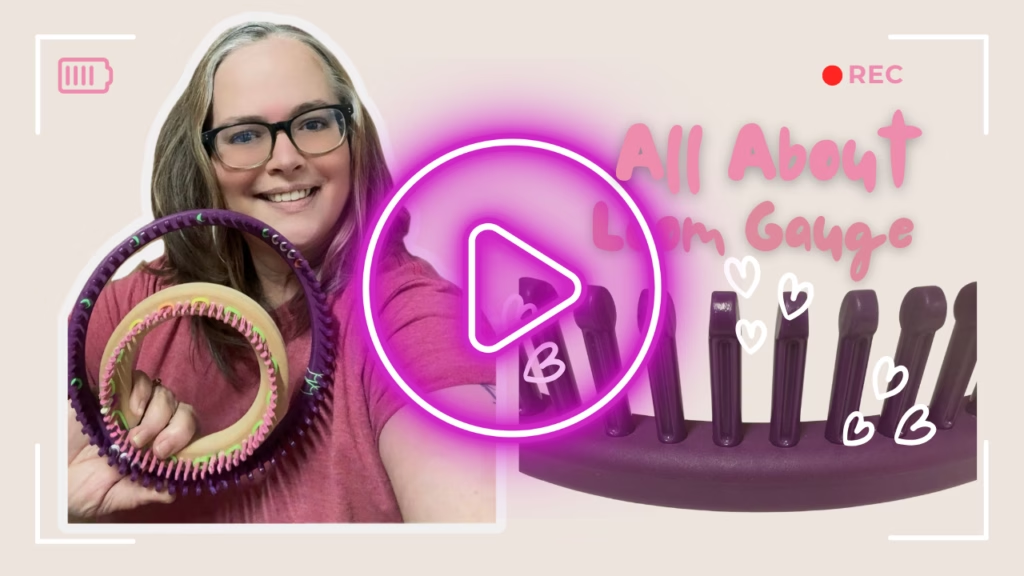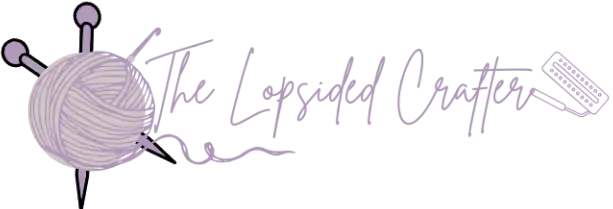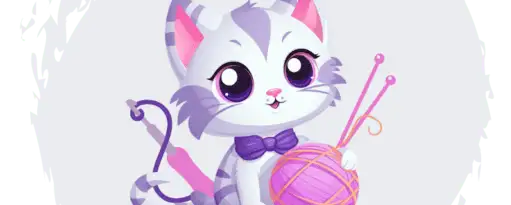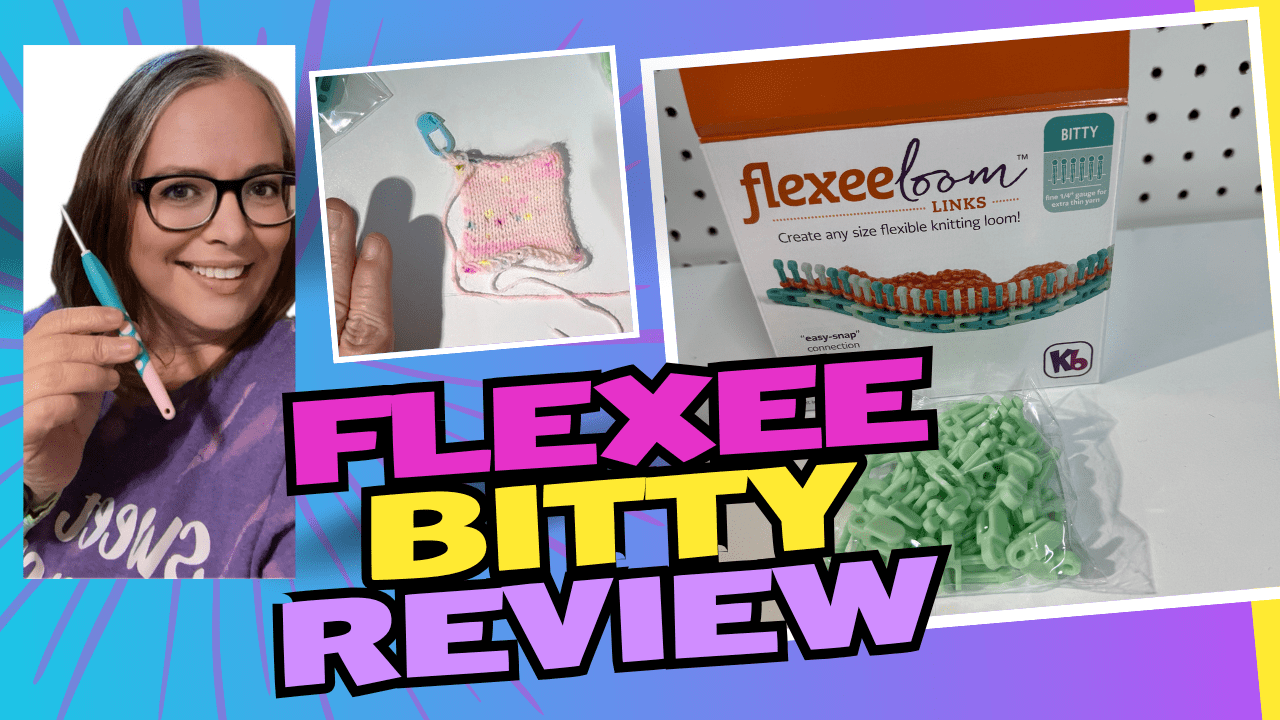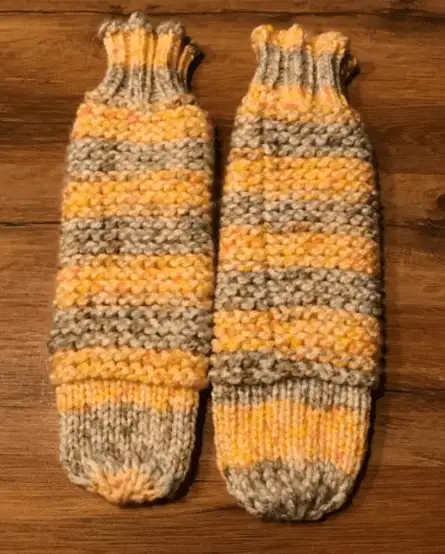Loom Gauge & Needle Comparison
What is Loom Gauge?
Loom gauge the measurement from the center of peg to center of peg. Sometimes abbreviated as C2C.
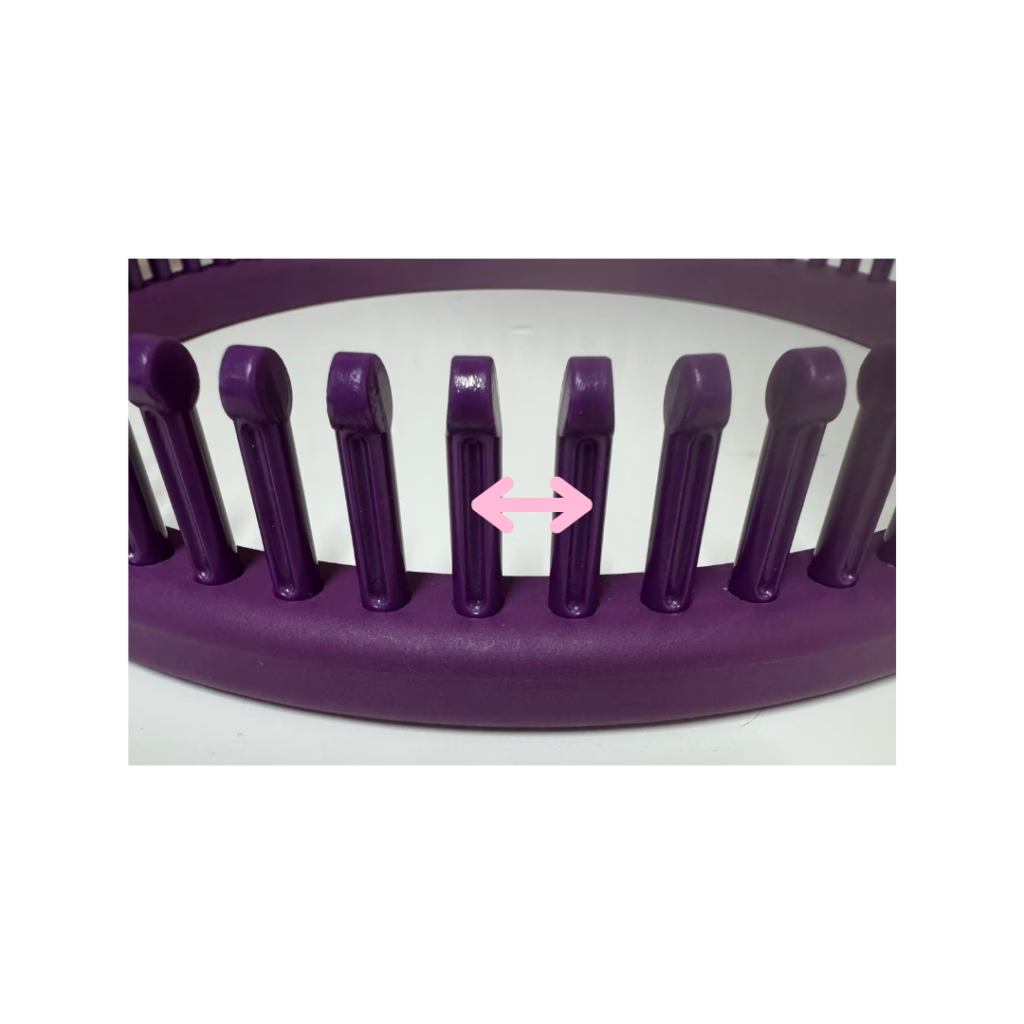
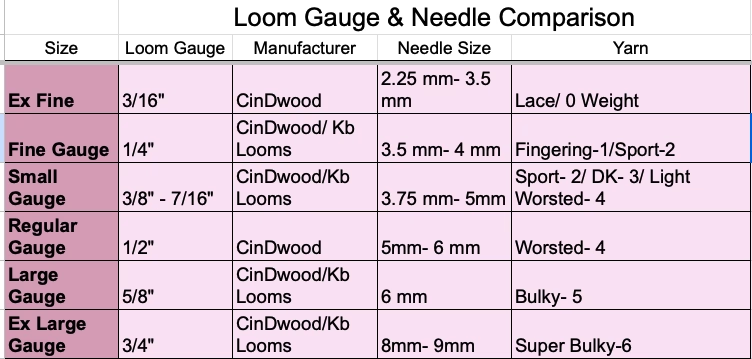
Loom Gauge Specifications:
EFG = Extra Fine Gauge (3/16″) = Equivalent Needle Size 1-3 (2.25 mm – 3.5 mm)
(Best suited for #1 yarn)
FG = Fine Gauge (1/4″) = Equivalent Needle Size 3-6 (3.5 mm – 4 mm)
(Ideal for #1-#2 yarn)
SG = Small Gauge (5/16″, 3/8″, 7/16″) = Equivalent Needle Size 6-8 (3.75 mm – 5 mm)
(Recommended for #3-#4 yarn)
RG = Regular Gauge (1/2″, 9/16″) = Equivalent Needle Size 8-10 (5 mm – 6 mm)
(Best with 2 strands of #3 or 1 strand of #4-5 yarn)
LG = Large Gauge (5/8″, 11/16″) = Equivalent Needle Size 10-13 (6 mm – 9 mm)
(Optimal for 2 strands of #3 or 1 strand of #5, #6 yarn)
XLG = Extra Large Gauge (3/4″, 13/16″, 7/8″, 15/16″) = Equivalent Needle Size 13-15 (9 mm – 10 mm)
(Best for #6 – #7 yarn)
Understanding loom gauge is crucial for achieving the desired texture and fit in your Loom knitting projects. Each gauge provides unique characteristics to your creations:
- Extra Fine Gauge (EFG) is perfect for delicate and intricate projects, allowing for precise detail and smooth textures, ideal for lightweight garments and accessories.
- Fine Gauge (FG) offers versatility, making it a go-to for creating items like socks and lightweight sweaters, where finer details and a softer drape are desired.
- Small Gauge (SG) strikes a balance between detail and warmth, making it suitable for mid-weight projects like scarves and children’s clothing.
- Regular Gauge (RG) is great for everyday items such as hats, mittens, and blankets, providing a sturdy and cozy finish.
- Large Gauge (LG) is excellent for quick, chunky knits that provide warmth and texture, perfect for winter accessories and home decor items.
- Extra Large Gauge (XLG) and Jumbo gauges are best for bold, statement pieces that knit up quickly, such as oversized sweaters or chunky throws.
Choosing the right gauge can significantly impact the final outcome of your Loom knitting project, so it’s important to consider the yarn weight and the desired end use of your creation. Experimenting with different gauges can open up new possibilities and inspire creativity in your loom knitting endeavors.
